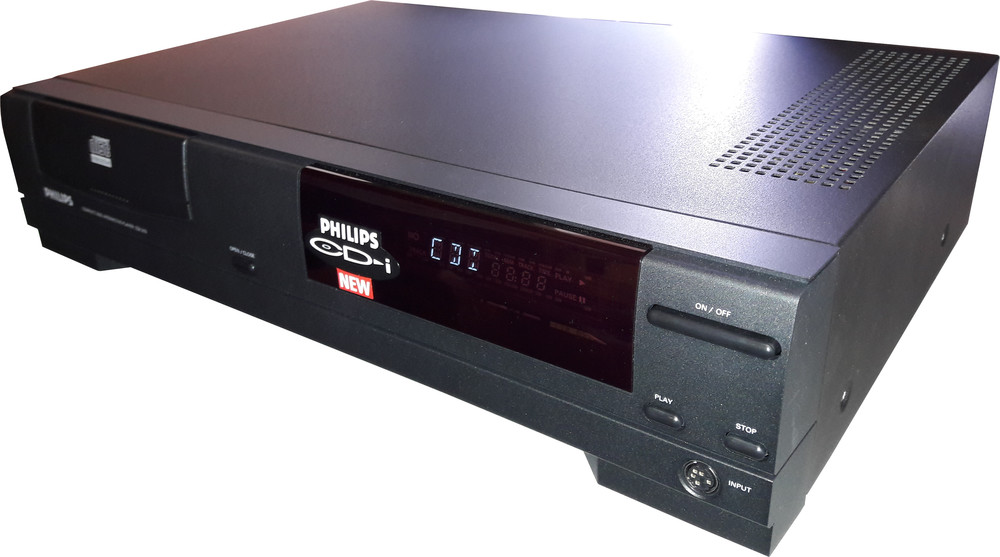Units in this line generally include support for Floppy disk drives and keyboards as well as other computer peripherals. Some models can also be connected to an emulator and be used for software testing and debugging. Later, four portable models were released that i know of and are quite rare. They are the CDi-310, CDi-350, CDi-360 and the CD-i370. “Unfortunately for Philips, as each year passed, CD technology made more inroads into being a standard part of the PC and Mac computers. And, while the PC was getting more memory and faster processors, Philips chose to stay with the original 1987 specification using the 68000 chip.
- This release fixes compilation errors with clang, fixes compilation errors after configuring with -disable-debugger, fixes a few minor MSU1 handling bugs in the SNES-Faust module, and improves the accuracy of the PS1 SPU reverb emulation.
- Philips planned to create a software emulator in 1993 but it was not successfull. In 1993, Philips presented in its consumer catalog a CD-i set for use on your PC. It was a hardware emulation card connected via the ISA port to a Philips CD-ROM reader. It allowed you to playback CD-i titles on your PC, even with Digital Video support.
| Developer | Philips, Sony, Magnavox |
|---|---|
| Type | Home video game console |
| Generation | Fourth generation |
| Release date | 1991 |
| Discontinued | 1998 |
| Predecessor | Philips Videopac + G7400 |
| Emulated | ~ |

The Compact Disc Interactive (CD-i), is an interactive multimedia CD player and format developed and released by Philips on December 3, 1991. It had a Philips SCC68070 CPU at 15.5 MHz with 1MB of RAM. Notably, it featured intellectual properties from Nintendo, such as Mario and Zelda, due to previously having tried to develop a CD add-on for the SNES. Their takes on Nintendo intellectual property were so infamously terrible that you would be hard-pressed to find anyone who doesn't think of them when you mention the CD-i. However, there were a few cult classic games for the system.
- 1Emulators
Emulators[edit]
| Name | Platform(s) | Latest Version | Libretro Core | Accuracy | Active | Recommended |
|---|---|---|---|---|---|---|
| PC / x86 | ||||||
| MAME | 0.226 | ✓ | Mid | ✓ | ✓ | |
| TinyCDi | 2009-10-28 | ✗ | Mid | ✗ | ~ | |
| CD-i Emulator | 0.5.3 beta 4 (Patched) | ✗ | Mid | ✓ | ✗ | |
| CD-iCE | 2001-08-20 | ✗ | Low | ✗ | ✗ | |

Comparisons[edit]

- MAME
- Has a driver for the CD-i but support is incomplete, as it still doesn't emulate the Digital Video Cartridge (DVC) as of October 2020.[1] That means games that require it like 7th Guest, Atlantis - The Last Resort, Creature Shock, Dragon's Lair and Lost Eden are unsupported[2]. Starting the game from disc is recommended; this can be done with the built-in frontend by picking the specific game or through a soft reset after mounting the disc. It also has a libretro core, which makes it the easiest and the most stable method of emulating the CD-i currently. Compared to CD-i Emulator 0.5.3 beta 4, MAME is easier to control and its audio emulation is better in some cases.
- TinyCDi
- An unofficial build of MESS from 2009 made by one of MAME's active developers, Haze. This build is named such that it only focuses on the CD-i. It uses a fixed game list, but it works better than the official MAME builds, especially with games like Zelda's Adventure for example. On the other hand, some games have more issues than they have on the official MAME build.
- CD-i Emulator
- A payware emulator. The latest public release, 0.5.3 beta 4, was released in 2018, two years after the last release. The beta has proof-of-concept emulation of the Gate Array MPEG Digital Video Cartridge (DVC) but compatibility may still be an issue[3]. Despite the long time between releases this emulator is still active as of October 2020. Work is currently being done on the next version, likely called 0.6, that reportedly supports most of the DVC games and also has several other improvements[4][5].
- CD-iCE
- One of the first made CD-i emulators. It doesn't need a BIOS but it was only developed to be able to play Rise of the Robots (no other game is supported).
References[edit]

- ↑https://github.com/mamedev/mame/issues/1170
- ↑https://github.com/mamedev/mame/blob/master/hash/cdi.xml
- ↑http://www.cdiemu.org/site/relnotes.htm
- ↑https://cdii.blogspot.com/search/label/CD-i%20Emulator
- ↑https://www.theworldofcdi.com/cd-i-emulation/cd-i-emulator-053beta5-titles-compatibilities/
Mednafen is a portable, utilizing OpenGL and SDL, argument(command-line)-driven multi-system emulator. Mednafen has the ability to remap hotkey functions and virtual system inputs to a keyboard, a joystick, or both simultaneously. Save states are supported, as is real-time game rewinding. Screen snapshots may be taken, in the PNG file format, at the press of a button. Mednafen can record audiovisual movies in the QuickTime file format, with several different lossless codecs supported.
Cdi Emulator Free
Toradora manga english. The following systems are supported(refer to the emulation module documentation for more details):
- Apple II/II+
- Atari Lynx
- Neo Geo Pocket (Color)
- WonderSwan
- GameBoy (Color)
- GameBoy Advance
- Nintendo Entertainment System
- Super Nintendo Entertainment System/Super Famicom
- Virtual Boy
- PC Engine/TurboGrafx 16 (CD)
- SuperGrafx
- PC-FX
- Sega Game Gear
- Sega Genesis/Megadrive
- Sega Master System
- Sega Saturn (experimental, x86_64 only)
- Sony PlayStation
Mednafen is distributed under the terms of the GNU GPLv2.
Cdi Emulator Online
Due to the threaded model of emulation used in Mednafen, and limitations of SDL, a joystick is preferred over a keyboard to play games, as the joystick will have slightly less latency, although the latency differences may not be perceptible to most people.